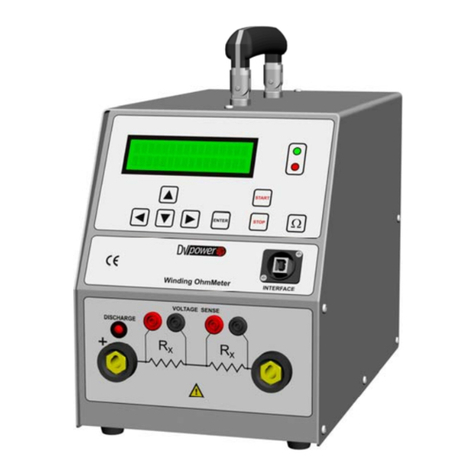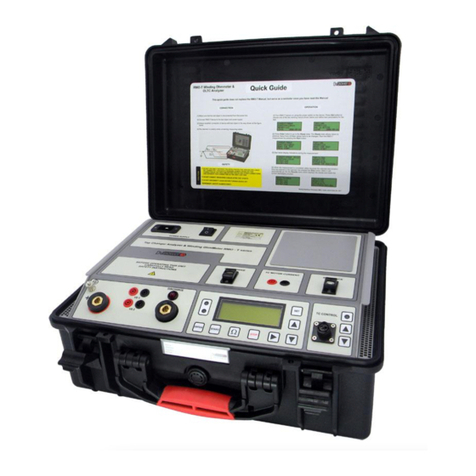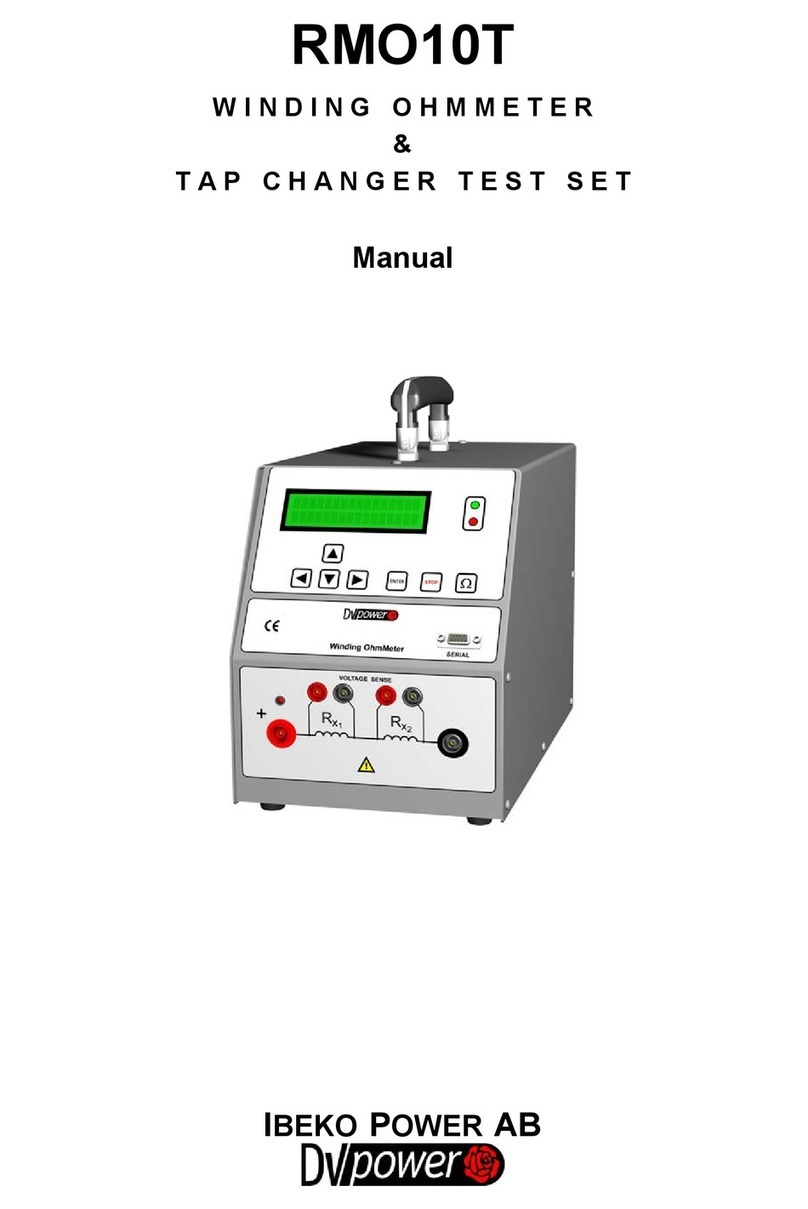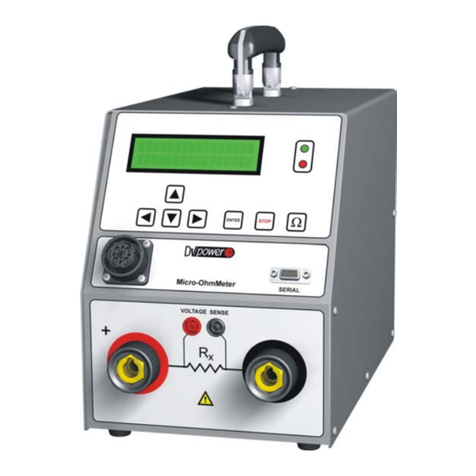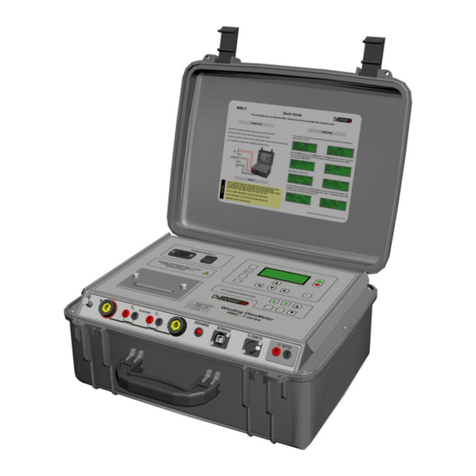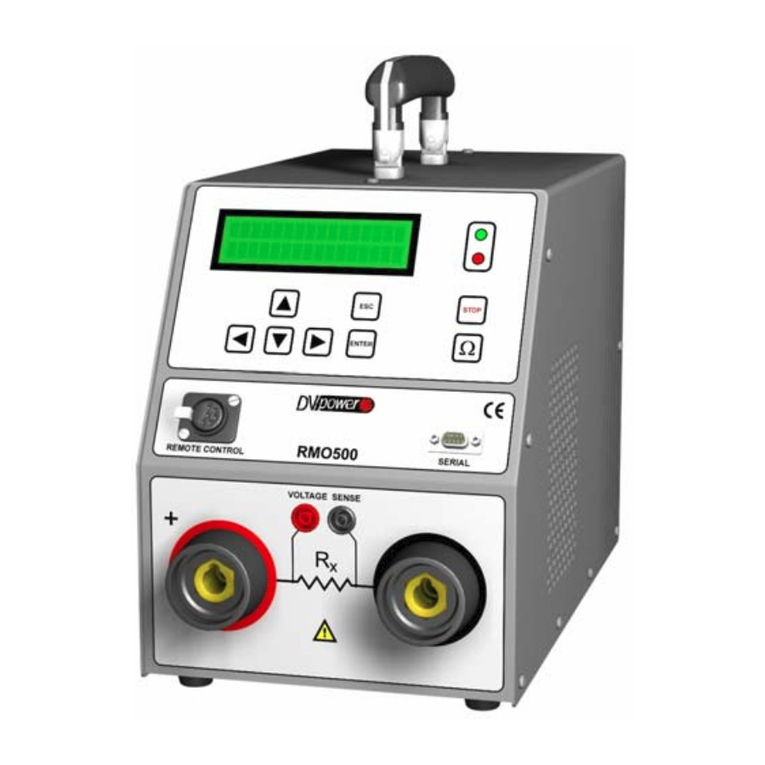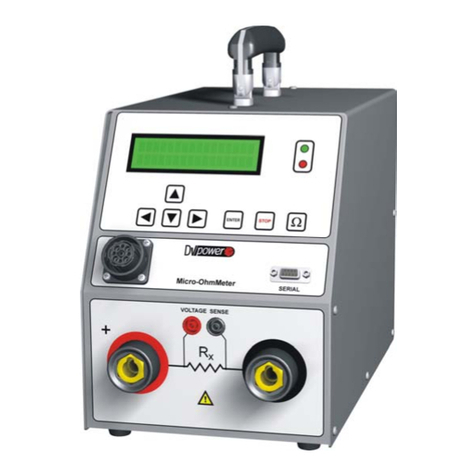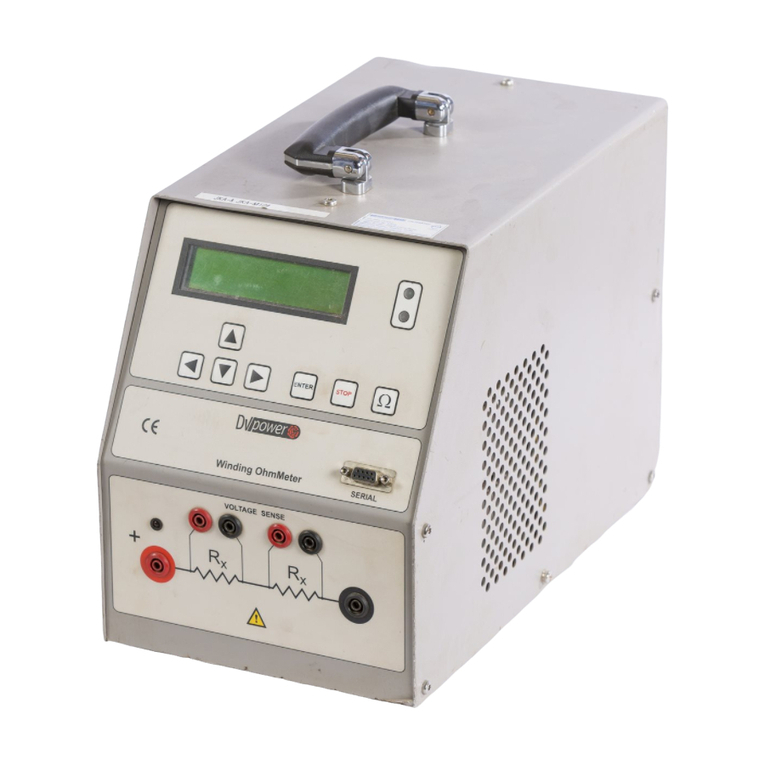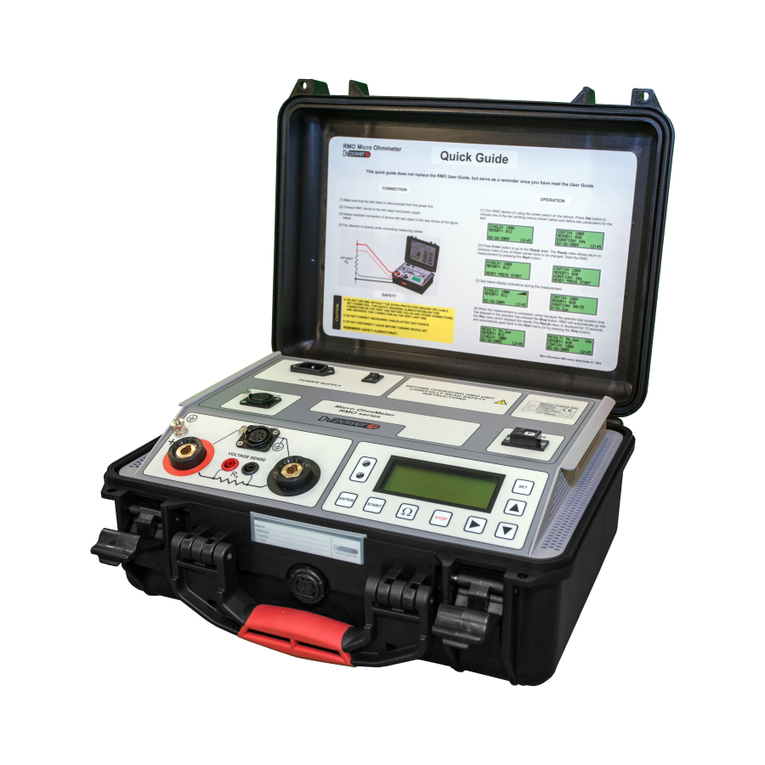
3
RMO200D Introduction, Safety Instructions
1 Introduction
This Manual contains helpful instructions on how to use RMO200D in a safe, proper and efficient way.
Following these instructions can help you to avoid dangerous situations, repair costs and other miss
happenings due to incorrect operation. Furthermore it ensures the reliability and life cycle of your
RMO200D.
RMO200D must be used in observance of all existing safety requirements/ regulations from national/local
standards for accident prevention and environmental protection.
Reading the RMO200D Manual alone does not release the user from the duty of complying with all national
and international safety regulations relevant for working with RMO200D.
2 Safety Instructions
Before operating RMO200D, please carefully read the following safety instructions.
It is not recommended that the RMO200D will be used (or even turned on) without the understanding of this
Manual.
RMO200D should only be operated by trained and authorized personnel.
Rules for Use
RMO200D should only be used when in a technically fit condition. Its use should be in accordance
with the safety regulations for the actual working site and application. Always be aware of the dangers
of high voltages and currents associated with this equipment and its environment. Pay attention to the
information provided in the operations Manual.
RMO200D is intended exclusively for the application areas specified in
manufacturer and distributors are not liable for damage resulting from unintended usage. The user
alone assumes all responsibility and risk.
The instructions provided in this Manual are considered part of the rules governing proper usage.
Do not open RMO200D. All service and maintenance work must be performed by qualified personnel.
Orderly Practices and Procedures
The Manual should always be available on the site where the RMO200D is used.
Before using RMO200D, all personnel (even personnel who only occasionally, or less frequent, work
with RMO200D) assigned to RMO200D should read the operations Manual.
Do not undertake any modifications, extensions, or adaptations to the RMO200D.
Use RMO200D in conjunction with original accessories only.
RMO200D and its original accessories for its designated use only.
Cleaning
To clean RMO200D, use a cloth dampened with isopropanol alcohol or water.
Safe Operation Procedures
Hazardous voltages of up to 400 V can occur inside RMO200D. Therefore is not permitted to open
RMO200D.
RMO200D into operation, check the test set for visible damages.
RMO200D under wet or moist conditions (condensation).
ate RMO200D when explosive gas or vapors are present.
RMO200D should only have external devices connected that meet the
requirements for SELV equipment according to EN 60950 or IEC 60950.
RMO200D, make sure that the air slots of the test set remain unobstructed.
RMO200D is opened by the customer, all guarantees are invalidated.
RMO200D seems to be functioning improperly, please contact the IBEKO Power AB (refer to
after first checking the section Error Messages.
